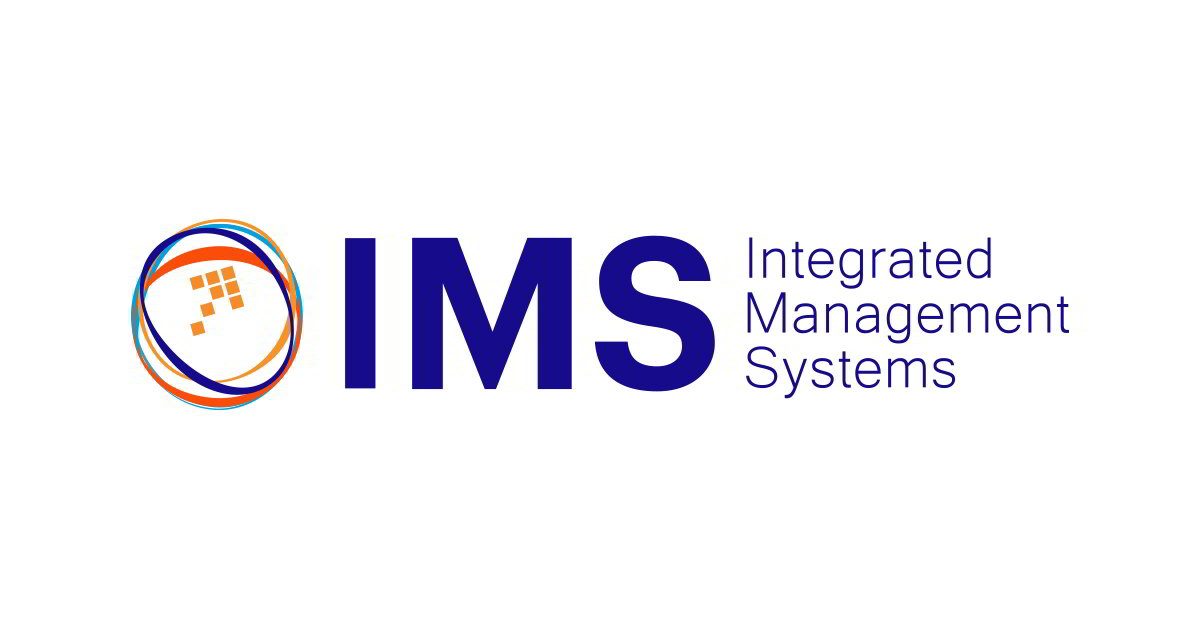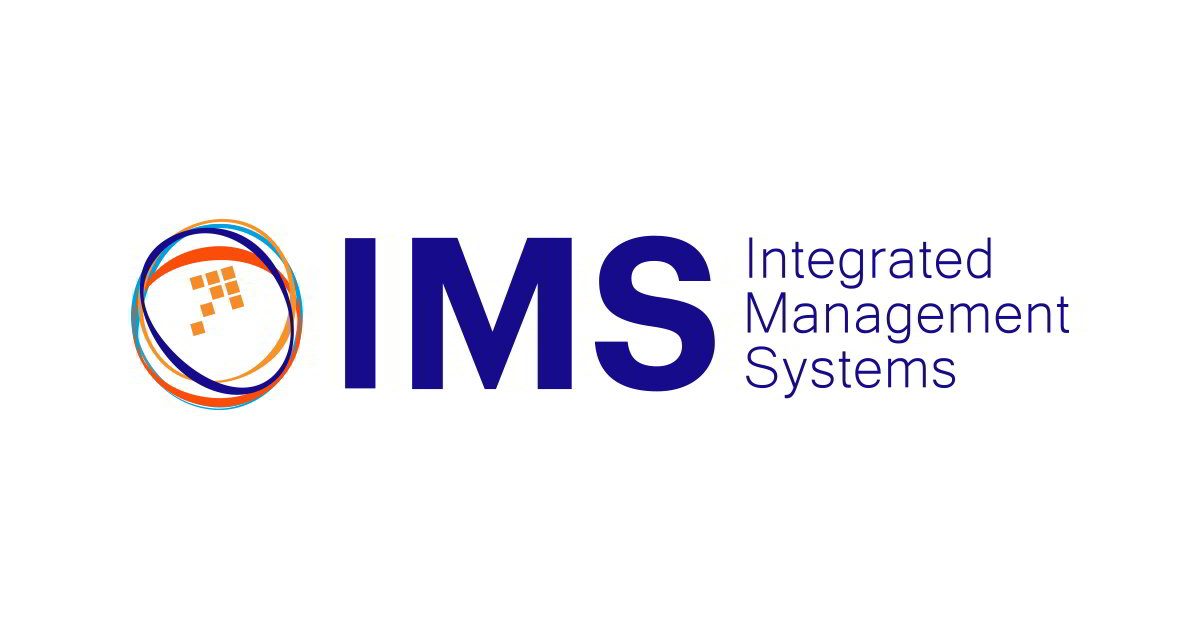Common ISO Standards for Integration: A Guide to Streamlining Management Systems
In an increasingly competitive and regulated global marketplace, integrating multiple management systems is essential for organizations striving to enhance operational efficiency, ensure compliance, and demonstrate their commitment to quality, safety, and sustainability. Among the many standards published by the International Organization for Standardization (ISO), some of the most commonly integrated include ISO 9001 (Quality Management), ISO 14001 (Environmental Management), ISO 45001 (Occupational Health and Safety), ISO 22000 (Food Safety), and ISO 50001 (Energy Management).
This article explores these standards, their key features, and the benefits of integrating them into a unified management system.
Overview of Common ISO Standards
1. ISO 9001: Quality Management Systems
- Purpose: Establishes a framework for consistently delivering products or services that meet customer and regulatory requirements.
- Key Elements:
- Process-based approach.Risk-based thinking.
- Emphasis on customer satisfaction and continual improvement.
- Applications: Relevant to all industries, ISO 9001 is often the foundation for integrated management systems.
Click Here to Download Integrated ISO Management Systems (IMS) Toolkit
2. ISO 14001: Environmental Management Systems
- Purpose: Focuses on minimizing environmental impacts and achieving sustainable operations.
- Key Elements:
- Identification and management of environmental aspects and impacts.
- Compliance with environmental legislation.
- Continuous improvement of environmental performance.
- Applications: Widely used in manufacturing, construction, and industries with significant environmental footprints.
3. ISO 45001: Occupational Health and Safety Management Systems
- Purpose: Provides a framework for reducing workplace injuries, illnesses, and promoting a culture of safety.
- Key Elements:
- Hazard identification and risk assessment.
- Legal and regulatory compliance.
- Worker participation and consultation.
- Applications: Crucial for industries such as construction, manufacturing, and healthcare.
4. ISO 22000: Food Safety Management Systems
- Purpose: Ensures food safety across the supply chain, addressing hazards from production to consumption.
- Key Elements:
- Hazard Analysis and Critical Control Points (HACCP).
- Prerequisite Programs (PRPs) and operational PRPs (oPRPs).
- Traceability and transparency.
- Applications: Essential for food manufacturers, suppliers, and service providers.
Click Here to Download Integrated ISO Management Systems (IMS) Toolkit
5. ISO 50001: Energy Management Systems
- Purpose: Helps organizations improve energy performance, reduce energy costs, and lower greenhouse gas emissions.
- Key Elements:
- Energy planning and performance evaluation.
- Energy efficiency targets and objectives.
- Integration of energy management into business processes.
- Applications: Common in energy-intensive industries like manufacturing, utilities, and transportation.
Benefits of Integrating ISO Standards
1. Streamlined Processes
Integrating multiple standards eliminates duplication of effort by aligning common requirements, such as documentation, audits, and management reviews.
2. Enhanced Efficiency
A unified management system reduces complexity, promotes consistency, and improves resource utilization across different functions.
3. Improved Risk Management
Integrated systems enable organizations to address risks holistically, considering quality, environmental, safety, and energy risks in a coordinated manner.
4. Cost Savings
Shared processes and resources reduce the overall costs associated with implementation, maintenance, and certification audits.
5. Better Stakeholder Engagement
Integrated systems provide a comprehensive framework for addressing the needs of customers, employees, regulators, and communities.
Click Here to Download Integrated ISO Management Systems (IMS) Toolkit
Key Steps to Integration
- Gap Analysis: Assess existing systems against the requirements of the additional standards.
- Unified Policy Development: Create overarching policies that align with the objectives of all applicable standards.
- Harmonization of Processes: Streamline overlapping processes, such as document control, internal audits, and corrective actions.
- Training and Awareness: Equip employees with the knowledge to operate within the integrated framework.
- Integrated Audits: Conduct audits that cover multiple standards simultaneously to ensure ongoing compliance and improvement.
Challenges and Solutions
Challenge: Overlapping but distinct requirements.
- Solution: Develop a cross-referenced framework mapping requirements of each standard.
Challenge: Employee resistance to change.
- Solution: Engage employees early in the integration process and emphasize benefits.
Challenge: Resource constraints.
- Solution: Use phased implementation and prioritize high-impact areas first.
Click Here to Download Integrated ISO Management Systems (IMS) Toolkit
Conclusion
Integrating ISO management systems such as ISO 9001, ISO 14001, ISO 45001, ISO 22000, and ISO 50001 is a strategic move that helps organizations achieve operational excellence while meeting diverse stakeholder expectations. By streamlining processes, reducing redundancies, and fostering a culture of continual improvement, businesses can enhance their competitive edge, ensure compliance, and contribute to global sustainability goals.
Embracing integration not only simplifies certification but also lays a strong foundation for long-term success.
Click HERE to download or any of the following documents:
IATF 16949 Automotive Quality Management Implementation Kit
ISO/IEC 17025 Laboratory Management System Implementation Kit
HACCP Implementation Kit
ISO 9001 Quality Management Systems (QMS) Implementation
ISO 22000 Food Safety Management Systems (FSMS) Implementation
Food Safety Systems Certification (FSSC) 22000 v5 Implementation
ISO 14001 Environmental Management Systems (EMS) Implementation
ISO 45001 Occupational Health & Safety Management Systems (OH&SMS) Implementation
ISO 50001 Energy Management Systems (EnMS) Implementation
Integrated Management Systems (IMS) Implementation
Production, Quality Control / Equipment Maintenance Kit
Lean Six Sigma
Lean Management/Manufacturing
Six Sigma Kit
Supplier Quality and Compliance Management (SQCM) Kit
Risk Management
Industrial Health, Safety & Environmental Management (HSE) Kit
Process Manuals


